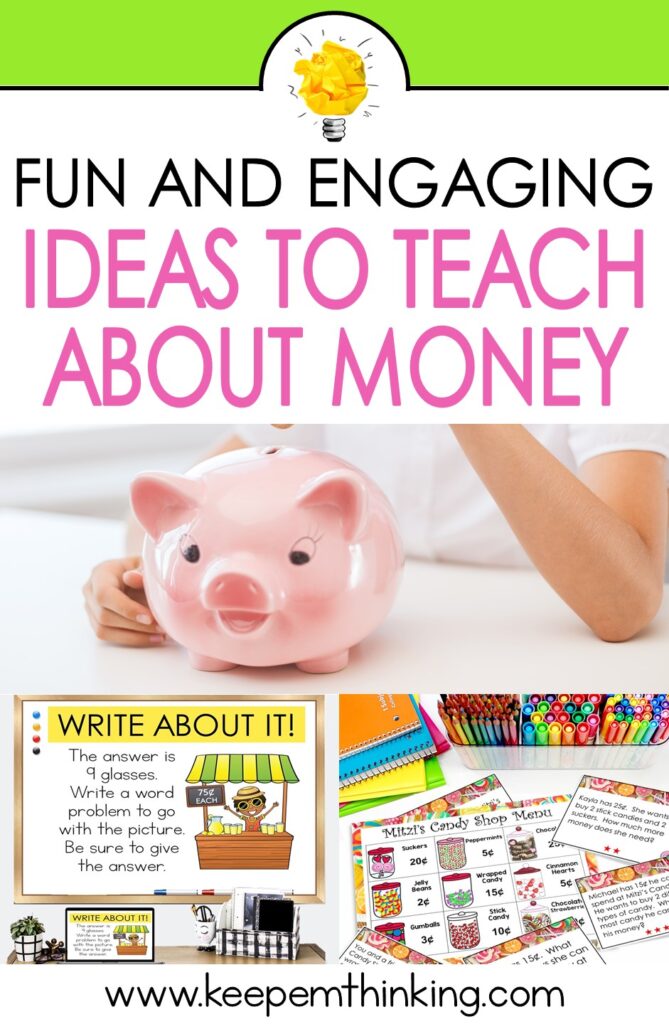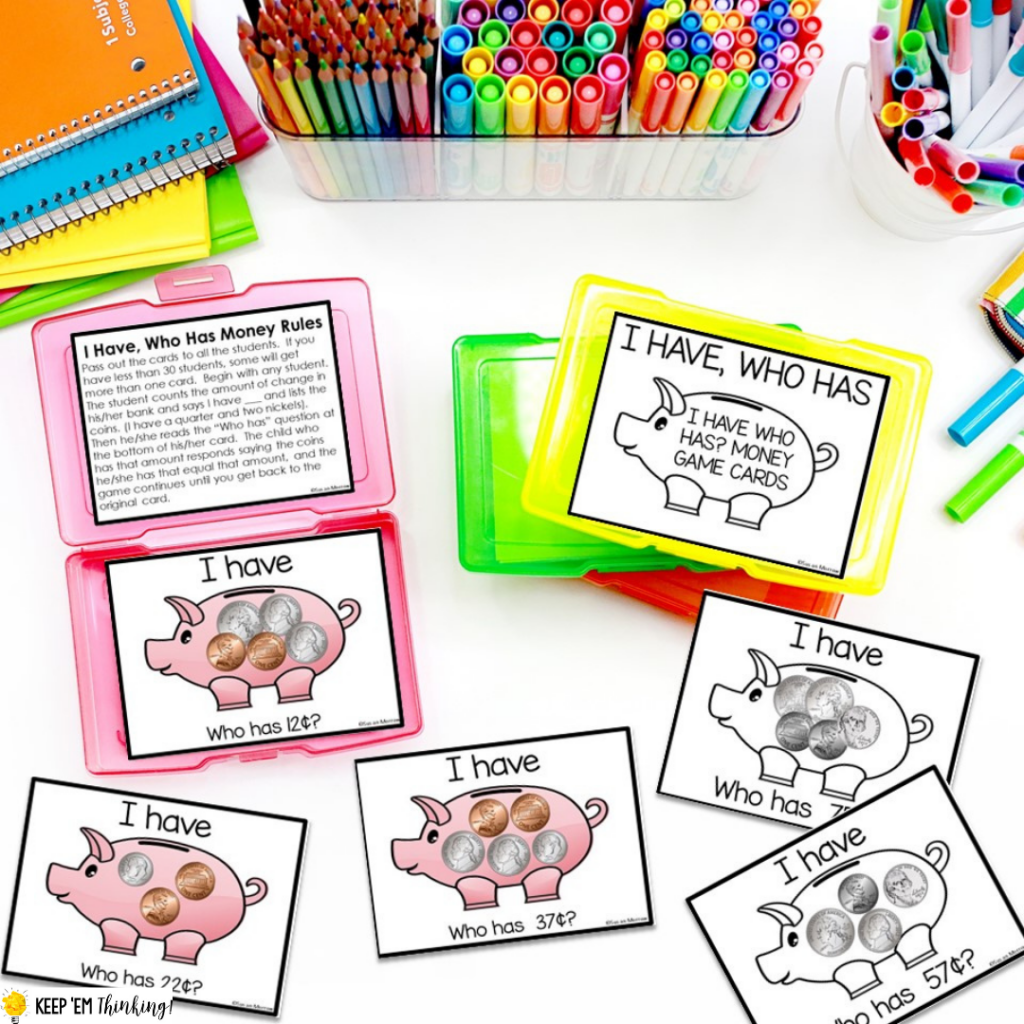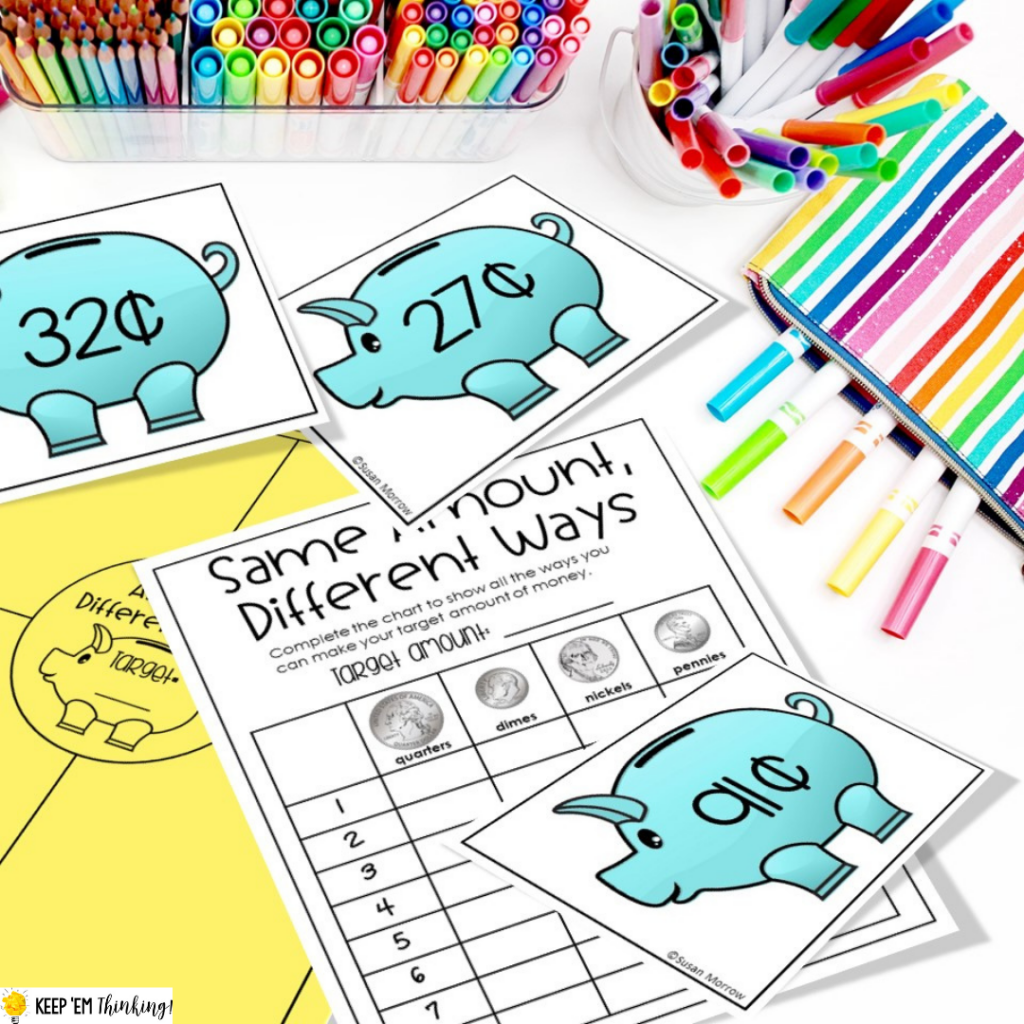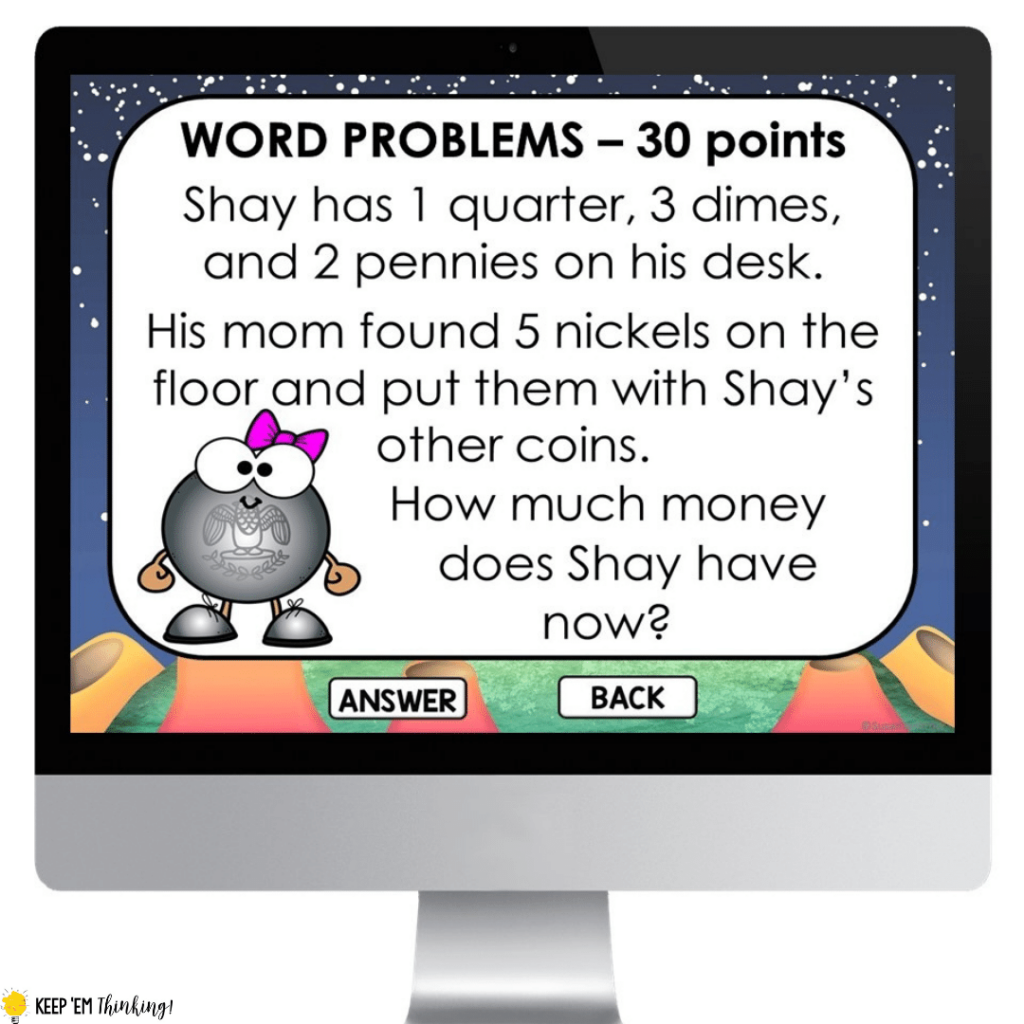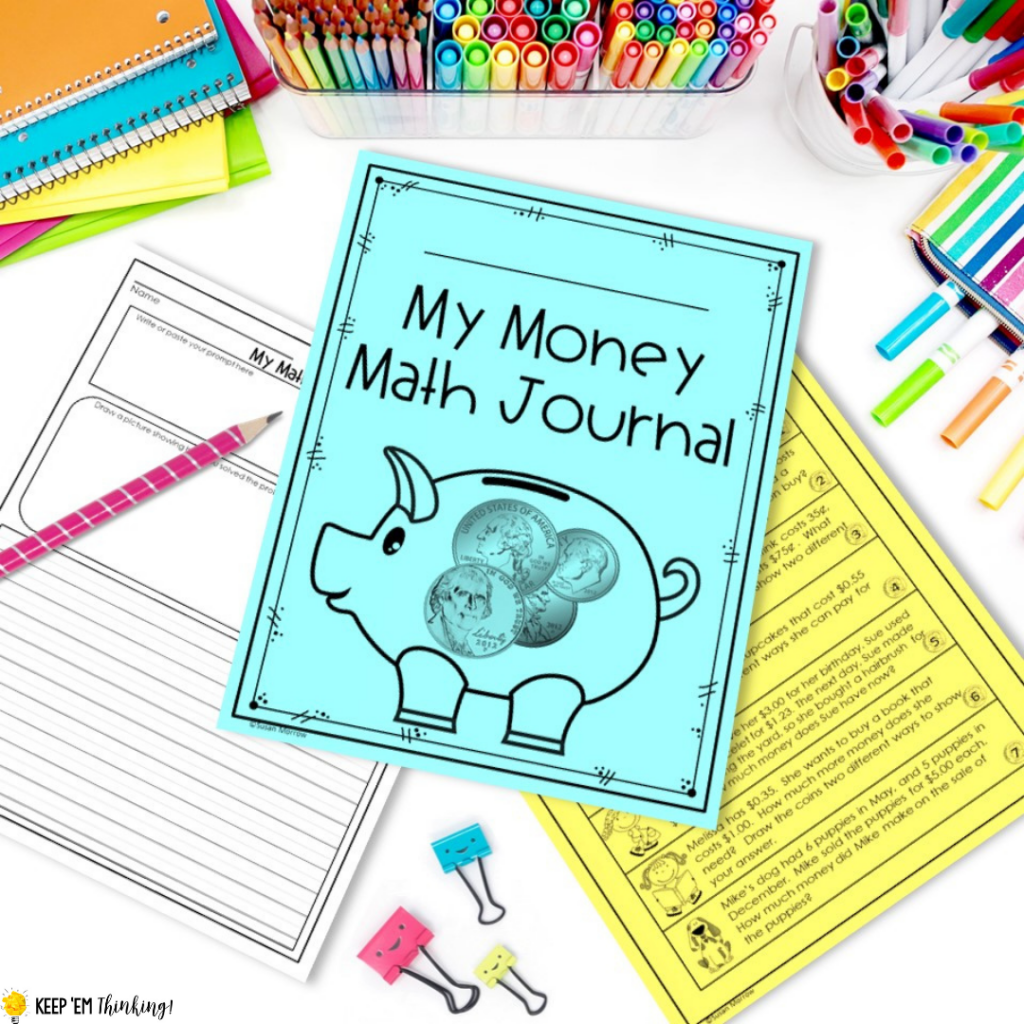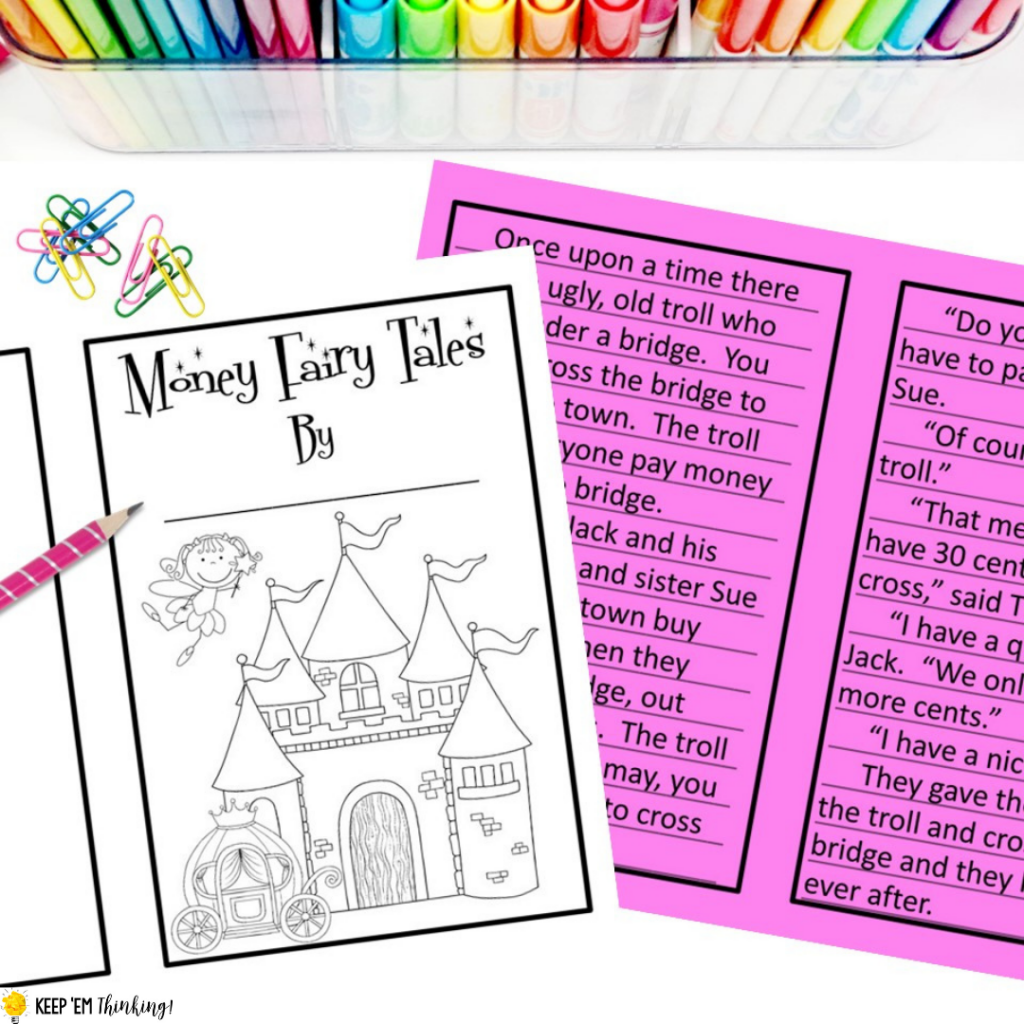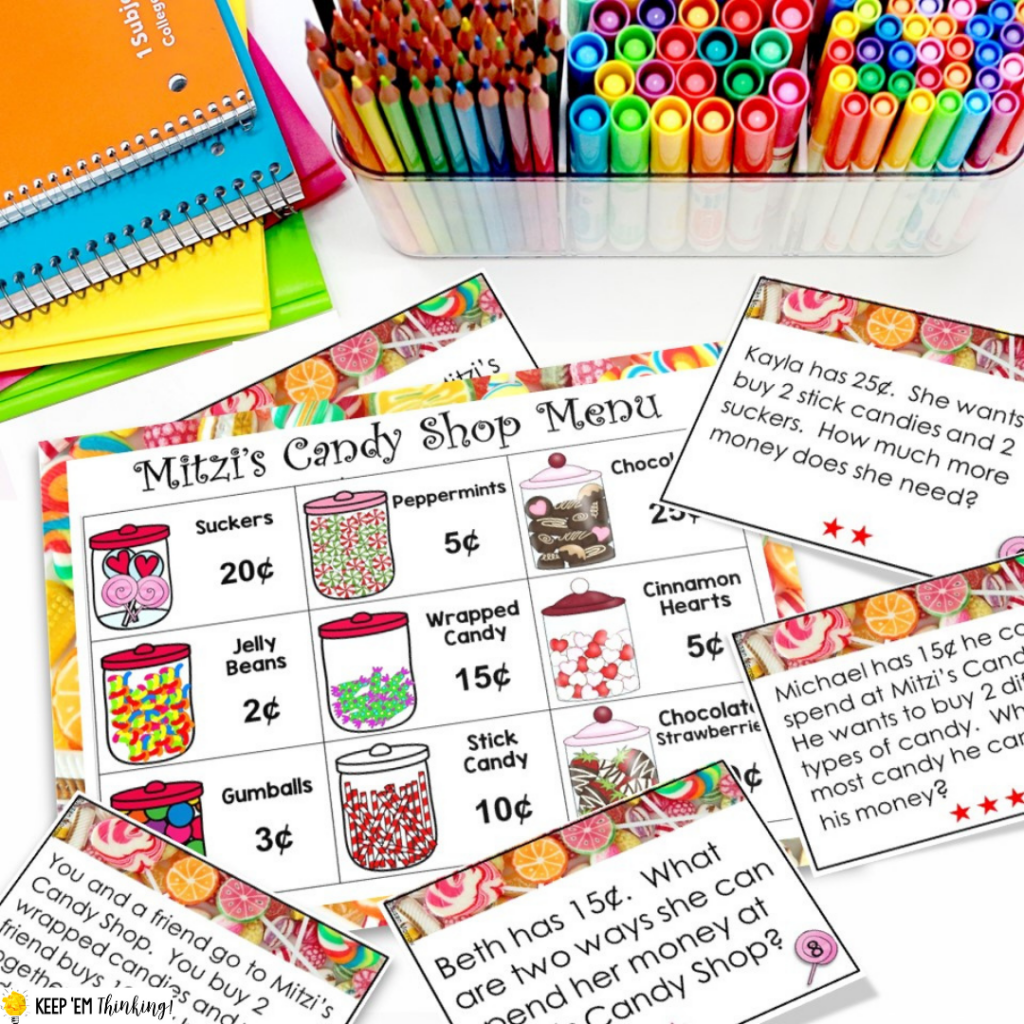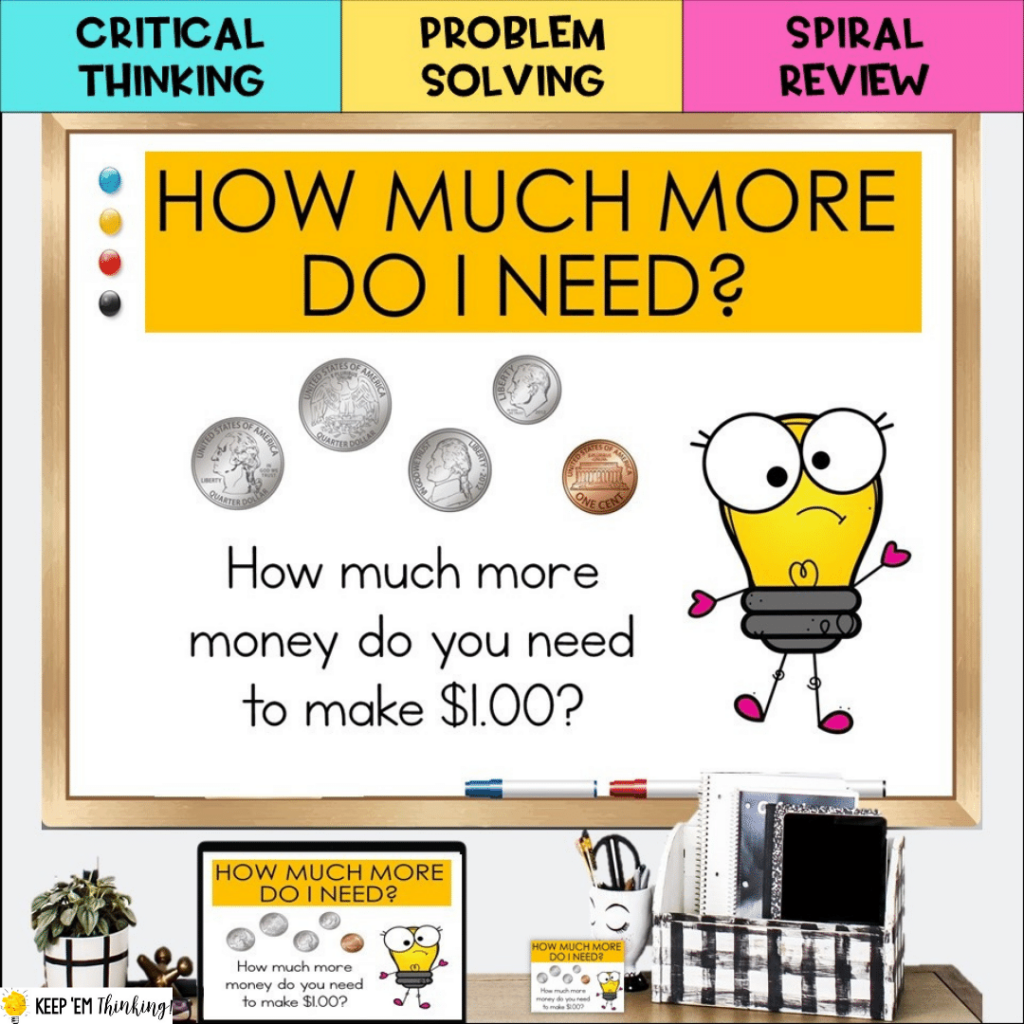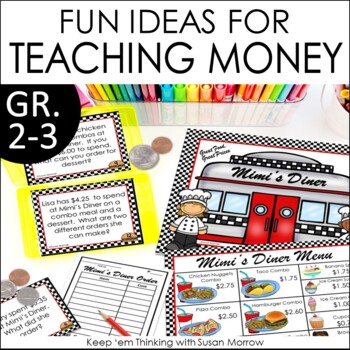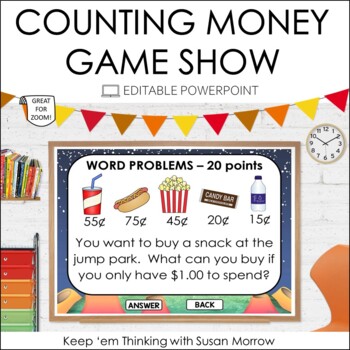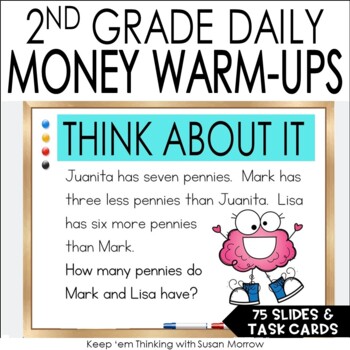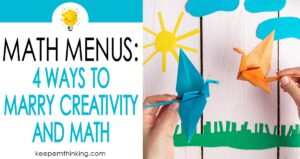Teaching kids all about money can be tons of fun! There are so many exciting hands-on activities that you can utilize to get your students interested in learning about money. I love teaching money because it is one of those life skills that translate over into the real world so easily. It’s not hard for them to realize the “why” behind the lesson. Today, I’m going to discuss some fun and engaging ways to teach money in your classroom.

Where to Start
We all know the importance of teaching money to our students early on. The sooner they gain a solid understanding of the topic the better. It can be easy to just jump right it and start throwing all kinds of new information and activities their way.
We must take a step back and develop a plan. This will ensure our students are truly comprehending the new knowledge and skills along the way. We can also be sure that we are covering all of the necessary components.
My favorite fun and engaging ways to teach money are games, writing activities, and real-world applications. Using these three main methods, my students are immersed in the skill while having fun and staying actively engaged the entire time.
They have so much fun with this unit and beg for more money activities.
Teach Money With Games
Everything is more fun when it’s a game. That’s why I try to incorporate them as much as possible into our daily classroom practice activities.

Games are great to use as part of independent practice in a lesson, in math centers, in small group instruction, and even for intervention.
Games encourage critical thinking, cooperation, and team building. They improve motor skills, build social skills, and help to deepen learning and understanding. The list goes on and on. The bottom line is games are an essential part of learning.
Here are some of my favorite games for helping students learn and practice money skills.
I Have Who Has
I Have Who Has is a fantastic game to promote critical thinking and also to assess your students’ knowledge. This game is generally played as a class or with a small group.
In this game, each student receives a card with an ‘I have’ section and a ‘who has’ section. Students must first figure out the answer to their ‘I have’ section, in this case counting the total value of the pictured coins. Then they must listen for another student to ask who has the matching value. In addition to money skills, students are working on listening skills too!
These cards could also be added to a math center for students to work on counting coins and matching the written value.
Same Amount, Different Ways
Another fun, easy game is something I call Same Amount, Different Ways. With a deck of cards that show a different amount of money, students will draw one card and then figure out how many different coin combinations they can use to create that amount.
I love pairing these cards with plastic coin manipulatives in a math center. This gives students lots of practice counting coins. Once they have a combination of coins that matches the target value, they can then copy the coin combination onto the response sheet. Students must then use coins to represent that amount in different ways. I love this game because it demonstrates multiple ways to solve a problem and it can be differentiated so easily.
Money Game Show
I just love using game show games as a review activity. They are perfect for the whole class to play by grouping them into teams. My favorite time to play is when we are closing out a unit and preparing for a test. The students love playing and are always engaged.
This money game show review activity includes opportunities for students to practice counting coins, adding with money, making a value with different combinations, money riddles, and word problems.
Sometimes I like to pull these game show review activities out at the end of the year for a great full-year math review. Even if we have played them earlier in the year, the students still love playing again.
Add in Writing Activities
Writing is not something we should teach in isolation. Instead, we should try to intertwine it in all of our lessons. While this is very common when teaching science and social studies, writing in math often gets left out. Math is a great place to connect writing and it often helps students better understand the math concepts when they have to put them into words.
Math Journals
I love using a math journal for this purpose. When it comes to teaching money, writing prompts involving word problems work very well.
Give a word problem as their prompt for the day. Students are to illustrate the answer and explain their reasoning in their math journals.
This activity is easy to differentiate. You can begin with simple one-step problems using money amounts under $1.00. Then progress to more complicated two-step problems involving amounts over $1.00.
You can even assign different groups of students different prompts to meet their needs.
Fairy Tales
Who doesn’t love a good fairy tale? This language arts – math mashup activity is a great way to hit writing and math standards at the same time.
Students are given a money amount that must be incorporated into their fairy tale. You can add as many or as few parameters on how this must be done. It’s also a great time to review the key elements and must of fairy tales.
It’s so much fun to watch their imagination soar and see what they come up with. They love to illustrate their fairy tales and share them with the class. A perfect interdisciplinary activity!
It’s Time for Real World Applications
What good is practicing money if it’s not in real-life situations? I make sure all of my fun and engaging ways to teach money involve real-world applications. It’s just so important. It’s okay to get a little silly or whimsical while doing this as I do with my fairy tale writing activity. Everything doesn’t always have to be so serious!
By connecting real-world situations and circumstances students are quickly able to make connections to how money relates to everyday life. These money task card activities are a great way to expose students to a variety of real-life money questions.
Whether you visit Mimi’s Diner or Mitzi’s Candy Shop, your students will love solving these money problems. Using a menu and a variety of questions cards, students will solve real-world problems such as “Beth has 15 cents. What are two ways she can spend her money at the candy shop?”
You can use this activity as a whole class or small group activity by displaying the menu on the board and reading the questions. Allow multiple students to provide an answer. It’s a great way for students to see that there are multiple ways to answer these questions.
These task cards can also be added to an independent math center. Students will draw a card, use the menu, and then solve the problem. These money task cards provide students with lots of practice in different ways.
Daily Review
I love using a question a day to keep students’ money skills in peak shape. That daily review is a great way to keep those skills and concepts at the forefront of their mind. To make this an easy process, I created a set of daily money warm-up questions.
These questions cover all of the money skills that my students learned. Each day I would post one question on the board. This would be completed as part of the morning routine or as a math warm-up activity. It could be completed and discussed in just a few minutes. Sometimes we would share answers and other times I would review the math journal or response sheet.
You can’t go wrong with one question a day!
Teach Money and Save Time
Now that you know of these fun and engaging ways to teach money, it’s time to get started. I have created three amazing money resources to fill your money lesson plans. With all of these fun games and activities your students will be mastering money skills in no time.
This Fun Ideas for Teaching Money unit contains 15 challenging, yet fun, games, money centers, and activities that your students will love.
Your students will also love the game show review game and the daily money warm-up questions. They are invaluable resources when you teach money skills to your elementary students.
You can be sure that these activities bring the rigor and cover the standards. Students must use mathematical reasoning and show multiple ways to solve problems in all of the activities. I can’t wait for you to get started!
Save it for Later
Be sure to pin this to your favorite math board. You’ll be all set and ready to go with fun and engaging ways to teach money.
